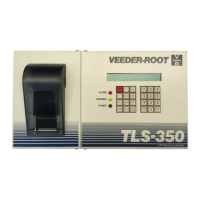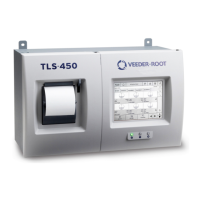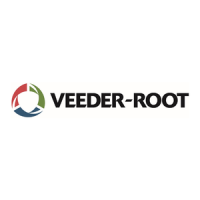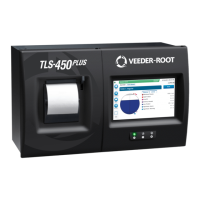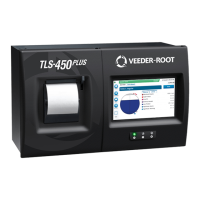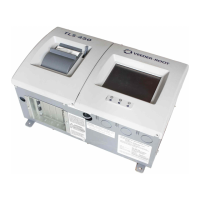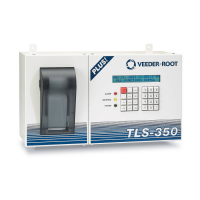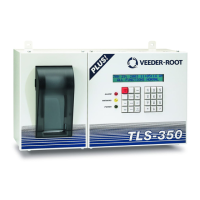7
Planning Probe and Sensor Installations
The contractor should diagram, all proposed trench and conduit runs between the console’s intended location and
its deployed sensors and probes. A site diagram will help you to calculate conduit and wiring lengths, and
necessary quantities of junction boxes, sealing boxes, clamps, brackets, etc.
Throughout this planning process and in the actual installation, you must follow the latest National Electric Codes,
federal, state, and local codes, as regards conduit type, depth below grade, sealing, grounding, wire capacities,
etc.
Reminder: to ensure optimum signal strength, plan sensor and probe wiring lengths so that there will be no splices
between the field junction box connection and the interface module connection in the console. Every splice in the
hazardous area requires the use of an epoxy sealing kit which should not be pulled through the conduit and must
be located in a separate waterproof, sealed junction box.
To maintain the intrinsically-safe integrity of the installed console, sensor and probe conduits can share the same
trenches with power conduits, but the intrinsically safe sensor and probe wiring can NOT share the same conduit
with any other wiring. Also, the intrinsically safe wiring for console can NOT share the same conduit with another
device’s intrinsically safe wiring.
Install conduit (3/4, 1, or 1-1/4” I.P.S.) from all probe and sensor locations to the console’s location. Knockouts for
3/4, 1, or 1-1/4” I.P.S. conduit are provided in the intrinsically safe area of the console for probe and sensor wiring.
The conduit must be properly sealed in accordance with the latest National Electric Code (NFPA 70) and the
Code for Motor Fuel Dispensing Facilities and Repair Garages (NFPA 30A) since they pass from a Class I,
Division 1 or 2 hazardous area into a non-hazardous area. Figure 3 and Figure 4 illustrate a typical site deployment
of probes and sensors.
If the console is being installed into a paved site, you can either dig out trenches in the pavement to run conduit
out to sensors and probes as described above, or you can cut grooves in the pavement, run direct burial cable to
these devices, and then seal over the cable grooves (if permitted).
NOTE: Installation of the Direct Burial System can only be done in those locations where local codes permit the
use of buried cable instead of conduit, and epoxy splices instead of junction boxes.
